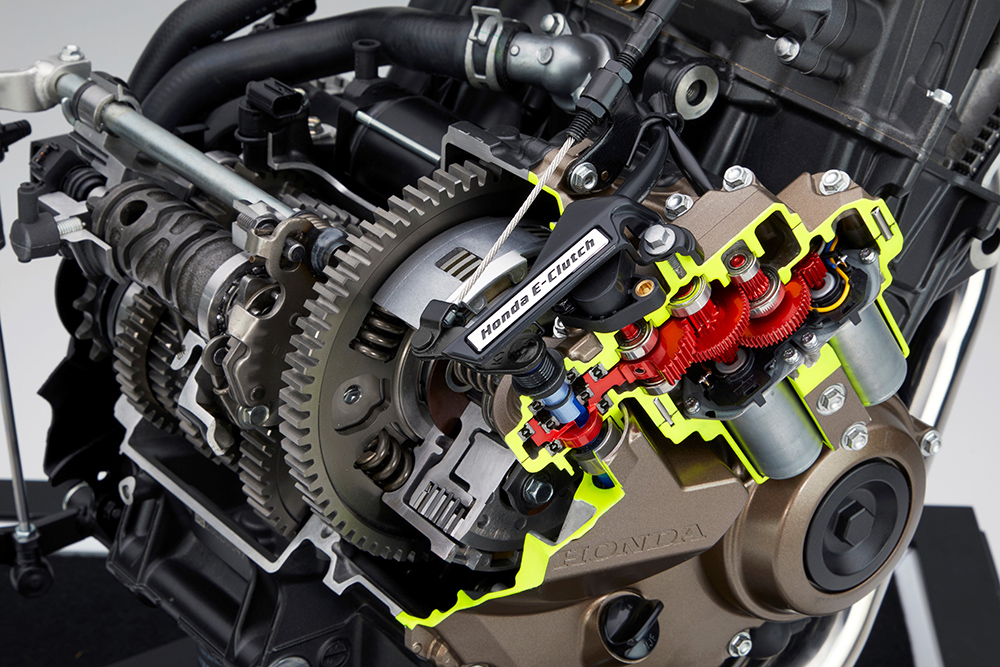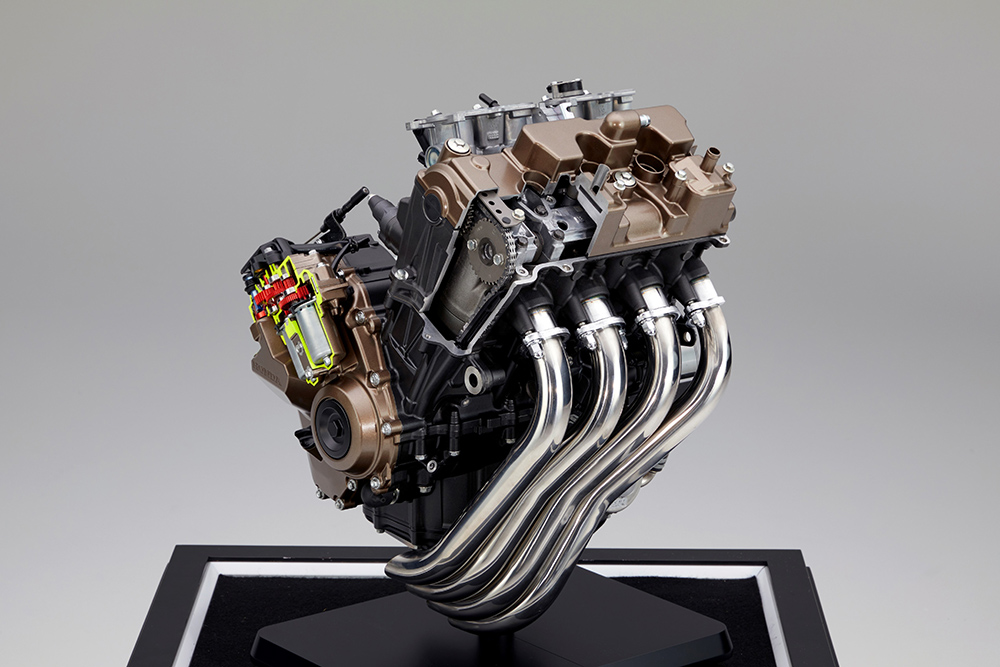Amid the blur of new motorcycle launches made at the end of last year, Honda’s announcement of its new E-Clutch technology, which will debut on the CB650R and CBR650R later this year, went slightly under the radar. The E-Clutch will do away with the need for a manual clutch, although the rider still changes gear using a traditional foot operated lever.
Automatic transmissions have never really been commonplace on motorcycles, but trends suggest that could be about to change. Honda’s own DCT (Dual Clutch Transmission) has been a huge success in recent years. After a slow initial uptake on the 1200cc V4 VFR and Crosstourer models, almost 15 years ago, the DCT system has more recently found it’s calling in the Africa Twin range – with more than half of the adventure model’s sales coming with the fully automatic transmission. The technology also features on other Honda models, including the NC series of 750cc parallel twins and the big Goldwing tourer.
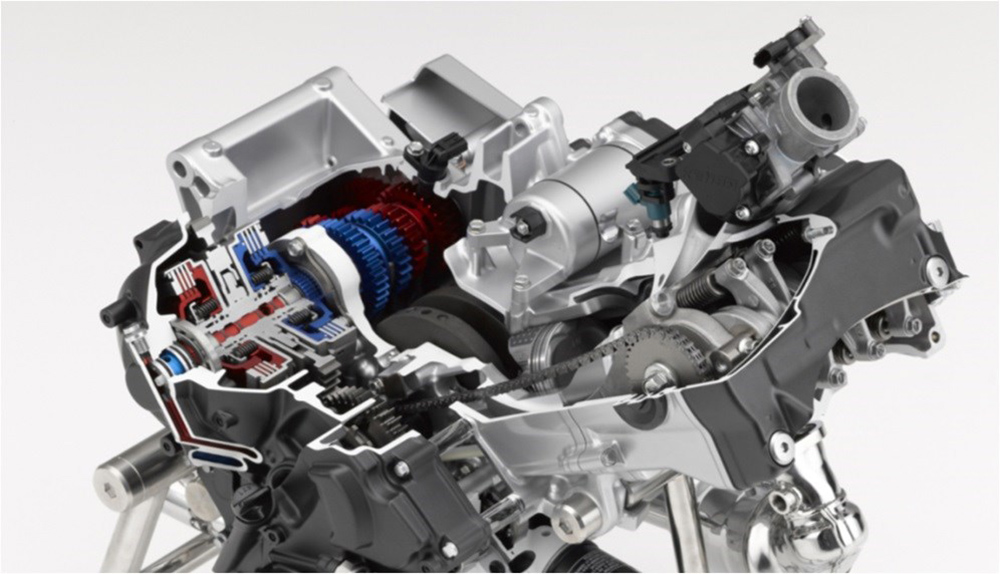
Where the complex DCT set-up requires two clutches, the E-Clutch is lighter and simpler technology than the full DCT system (weighing 2kg to the 10kg of DCT), with Honda suggesting it could see ‘future applications’ beyond the four-cylinder 650s. The system uses an actuator unit with two motors situated underneath the right hand engine cover. A bit like a quickshifter, the engine’s ignition timing and fuel injection are also controlled when the clutch is engaged or disengaged, which Honda says will facilitate smooth and consistent gear changes. The system constantly reads a whole host of parameters, such as throttle opening, rpm, speed and pressure on the gear lever to determine when to operate the clutch.
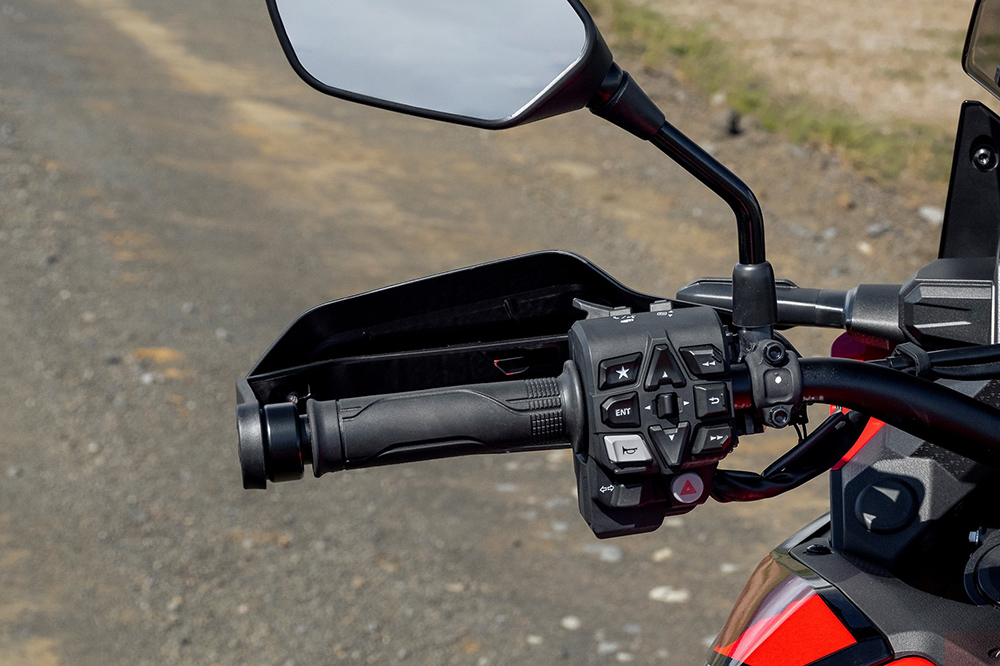
To change gear, the rider simply has to move the gear lever, with the E-Clutch system automatically engaging the clutch. The clutch also engages when the bike is at a standstill, meaning the rider can’t stall and doesn’t need to worry about manually engaging a clutch when pulling up to stop. The CB650s will also be fitted with a traditional clutch lever, with riders able to switch off the E-Clutch and go fully manual if preferred.
The Honda E-Clutch has three settings, which determine the amount of pressure required to make the gear change. This can be programmed by the rider, who can choose different settings for the up and down changes if preferred. There’s also a downshift indicator, which lets the rider know when they are in a higher than recommended gear.
Speaking about the new technology, project leader Junya Ono said: “Our Honda E-Clutch is designed to offer motorcyclists a new kind of experience that can make their riding even more fun and exciting. It also adds peace of mind and comfort to town riding or the daily commute. We hope that many riders will try our new system to enjoy the unique mix of sportiness and flexibility it offers.”
Honda’s DCT equipped Africa Twin sells well despite it carrying a not insignificant £1200 premium over its manual equivalent, but the E-Clutch add £100 to the price of the 650. It will be interesting to see how well received it is when they go on sale later this year.
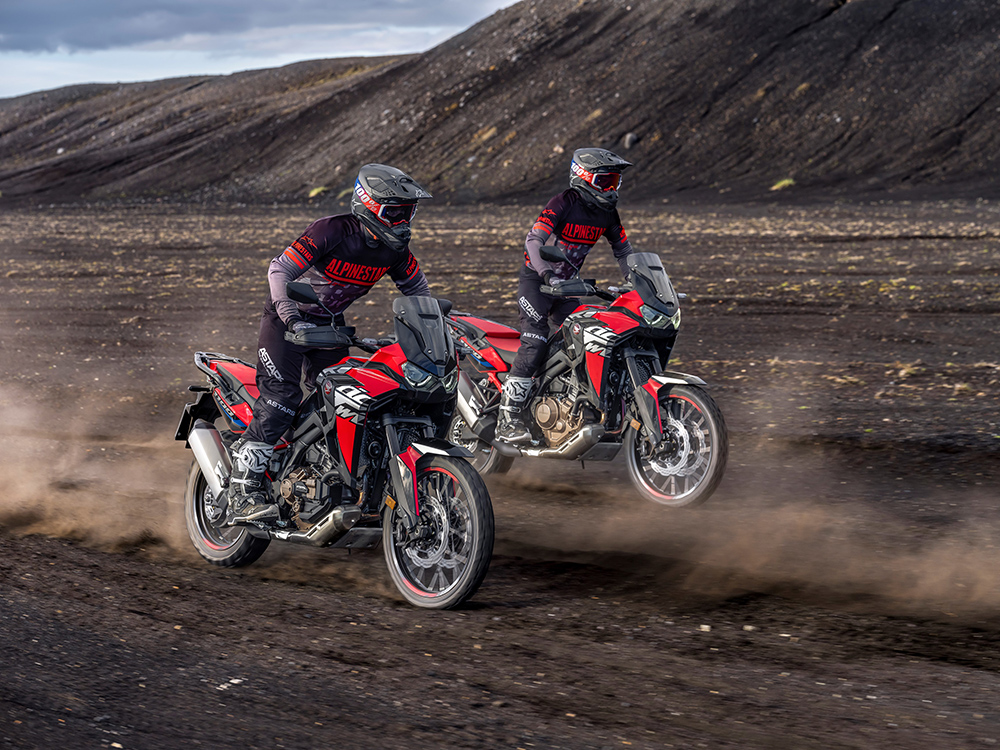
Automatic transmissions have become commonplace in the car world, with figures suggesting less than a third of new cars sold today have manual gearboxes – quite a contrast to days gone by, when the majority of auto sales were only on big executive saloons and luxury cars.
Fifty years ago hydraulic automatic car gearboxes were slow and clunky, severely reducing the performance of the vehicles they were fitted to, but today’s electronic ‘boxes are renowned for their super quick changes and slick performance, making them the most popular choice for modern day drivers.
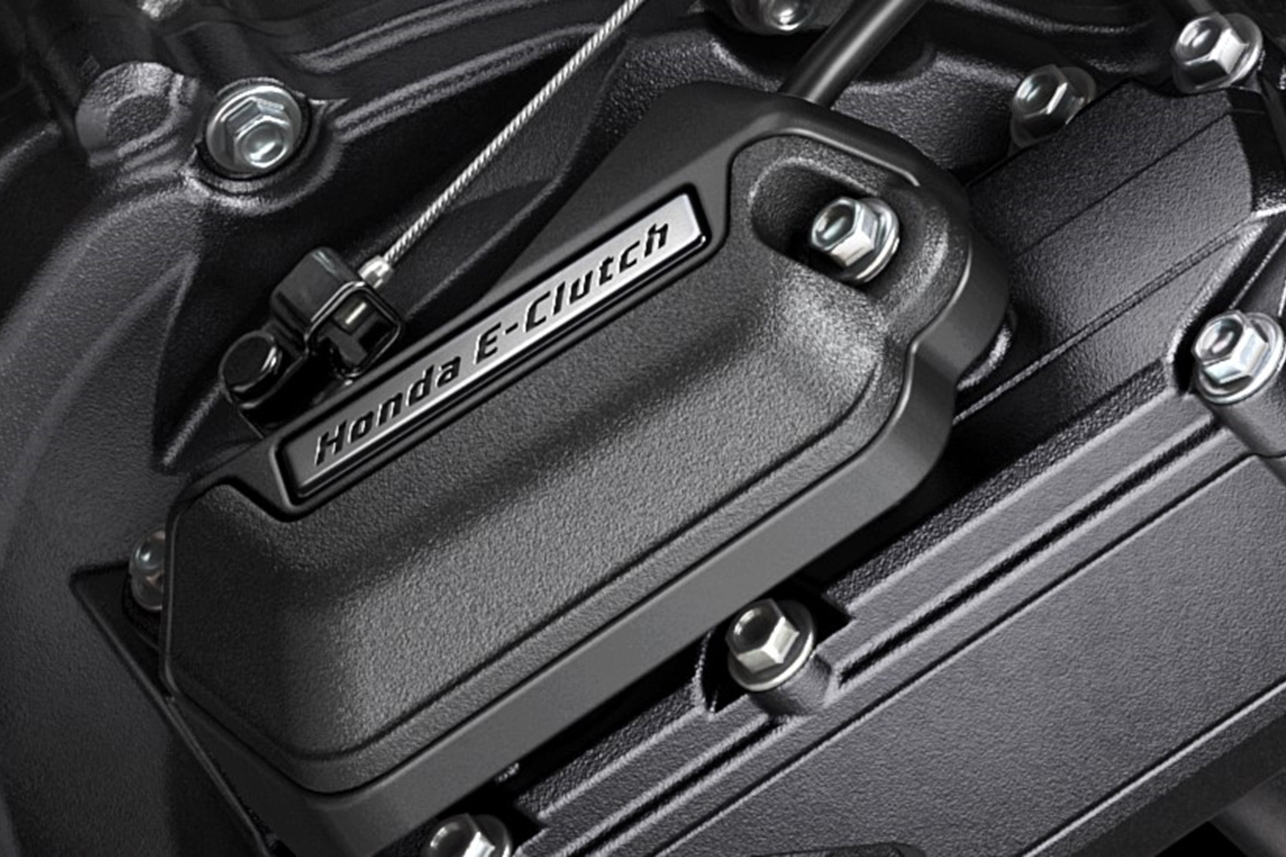
Motorcycles with automatic clutches and gearboxes have been rarer still over the years. Honda, of course, is something of a pioneer in the automatic clutch world. Don’t forget the legendary Honda Cub used an automatic centrifugal clutch way back in the 1950s. The company later launched its ‘Hondamatic’ system to some 400 and 750cc models in the mid-70s, with little success, while others also made half-hearted attempts. Aprilia, for example, introduced an 850cc V-Twin, called the Mana, with a scooter style continually variable transmission (CVT) in 2007, while Yamaha has also been in on the act, with a hydraulically operated clutch and finger operated gear change on its FJR1300 tourer around the same time.
With advances in technology, particularly electronics, the car world (not to mention Honda’s own DCT) has shown autos can be fun and engaging, without the downsides of massive weight and performance penalties, for which they were historically known. The electronics on modern automatic gearboxes have created a generation of vehicles which can change from sporting to relaxed at the flick of a switch and, with sales of automatic vehicles on the rise, there’s every reason to believe motorcyclists will be lapping up technology like Honda’s new E-Clutch.
